Provisional Patent Application:
A provisional patent application serves as a placeholder for a non-provisional patent application. It provides a filing date and establishes an official record of the invention with the United States Patent and Trademark Office (USPTO) without requiring formal patent claims, declarations, or an oath. Here are some key points about provisional patent applications:
- Filing Requirements: Provisional patent applications have fewer formal requirements compared to non-provisional applications. They do not require formal patent claims or an oath or declaration.Term: A provisional patent application does not mature into an issued patent on its own. Instead, it provides the applicant with a filing date and allows them to use the term “patent pending” for up to 12 months.
Benefits: Filing a provisional patent application offers several benefits, including establishing an early filing date, allowing the inventor to test the market for their invention, and providing more time to develop the invention before filing a non-provisional application.
Limited Protection: While a provisional patent application establishes a filing date and provides some level of protection, it does not grant enforceable patent rights. To obtain full patent protection, the inventor must file a non-provisional patent application within 12 months of filing the provisional application.
Non-Provisional Patent Application:
A non-provisional patent application is a formal application for a patent that undergoes examination by the USPTO. Unlike provisional applications, non-provisional applications require formal patent claims, an oath or declaration, and a detailed description of the invention. Here’s what you need to know about non-provisional patent applications:
- Filing Requirements: Non-provisional patent applications must meet all formal requirements set by the USPTO, including a detailed description of the invention, formal patent claims, and an oath or declaration by the inventor.Examination Process: Non-provisional patent applications undergo a thorough examination process by the USPTO to determine whether the invention meets the criteria for patentability, including novelty, non-obviousness, and utility.
Term: If granted, a non-provisional patent provides the inventor with exclusive rights to their invention for a specified period, typically 20 years from the filing date of the non-provisional application.
Enforceable Rights: Once granted, a non-provisional patent provides enforceable rights, allowing the patent holder to prevent others from making, using, selling, or importing the patented invention without their permission.
In summary, provisional and non-provisional patent applications serve different purposes in the patenting process. A provisional application provides a filing date and allows the inventor to establish an early priority date, while a non-provisional application undergoes examination and, if granted, provides enforceable patent rights. Understanding the distinctions between these two types of patent applications is essential for anyone seeking to protect their intellectual property and bring their inventions to market.

